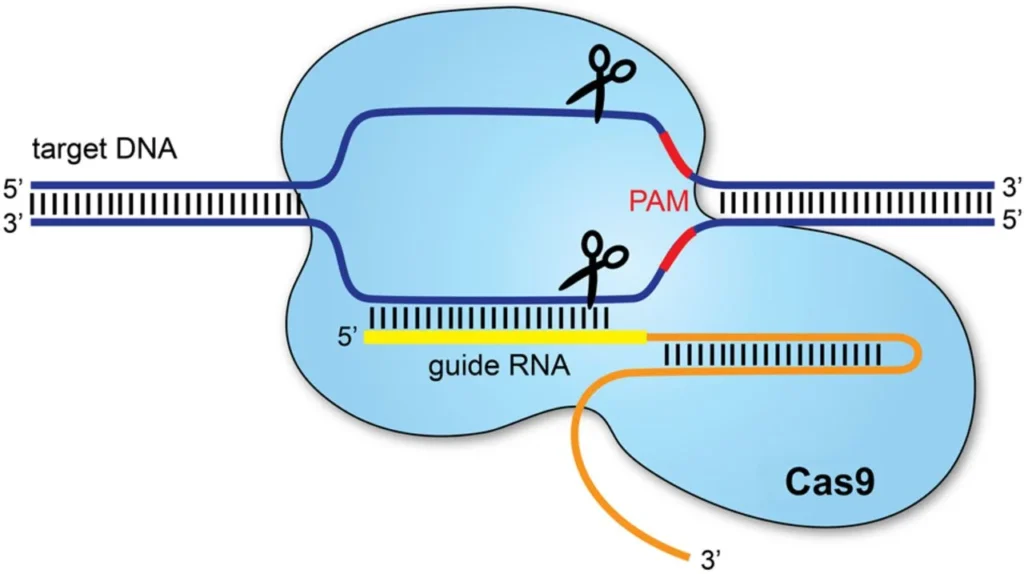The Rise of Incredible CRISPR: Revolutionizing Genetic Engineering

In the vast landscape of science, few discoveries have sparked as much excitement and controversy as CRISPR-Cas9. This revolutionary genetic engineering tool has transcended laboratory benches to hold the promise of transforming our world in ways previously unimaginable. From curing genetic diseases to enhancing crop yields, the applications of CRISPR seem boundless. In this blog, we’ll embark on a journey through the rise of CRISPR, exploring its origins, breakthroughs, current applications, and the ethical considerations that accompany its unparalleled power.
The Origins of CRISPR:
To understand the significance of CRISPR, we must first delve into its origins. Initially observed as a curious pattern in bacterial genomes, CRISPR (Clustered Regularly Interspaced Short Palindromic Repeats) stood as an enigma awaiting decryption. It wasn’t until the early 2010s that scientists unlocked its true potential as a genome editing tool. Inspired by nature’s immune system in bacteria, researchers harnessed the CRISPR-Cas9 system to precisely edit genes in various organisms.
Breakthroughs and Milestones:
The journey of CRISPR from a bacterial defense mechanism to a game-changing technology has been marked by numerous breakthroughs and milestones. One of the pivotal moments came with the demonstration of CRISPR’s versatility in editing the human genome with unprecedented accuracy. This breakthrough opened doors to potential therapies for genetic disorders, offering hope to millions worldwide.
Applications Across Disciplines:
The impact of CRISPR extends far beyond medicine, permeating diverse fields with its transformative capabilities. In agriculture, it holds promise for creating crops with enhanced nutritional value, increased resistance to pests and diseases, and improved yields to sustainably feed a growing population. Similarly, in environmental science, CRISPR-based technologies are being explored to mitigate pollution, combat climate change, and preserve biodiversity.
Ethical Considerations:
As with any powerful technology, it raises profound ethical questions that demand careful consideration. The ability to edit the human germline brings forth ethical dilemmas regarding the potential for unintended consequences, exacerbating social inequalities, and altering the course of human evolution. Furthermore, concerns regarding the misuse of it for purposes such as bioterrorism or designer babies underscore the importance of robust ethical frameworks and regulatory oversight.
Looking Ahead:
Despite the ethical challenges and uncertainties that accompany its rapid advancement, the future of it appears bright with possibilities. As researchers continue to refine the technology, unlocking new applications and addressing safety concerns, CRISPR stands poised to revolutionize not only genetic engineering but also our fundamental understanding of life itself. With careful stewardship and responsible innovation, it may well shape the trajectory of humanity in the decades to come.
Conclusion:
In the grand tapestry of scientific progress, CRISPR emerges as a beacon of hope and promise, offering unprecedented opportunities to address some of the most pressing challenges facing our world today. From curing genetic diseases to safeguarding our environment, the potential of it knows no bounds. Yet, with great power comes great responsibility. As we navigate the uncharted territory of genetic engineering, let us tread carefully, guided by wisdom, empathy, and a shared vision of a better tomorrow.
















